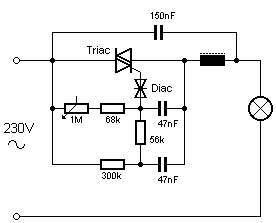
GlueLogix Technical Services
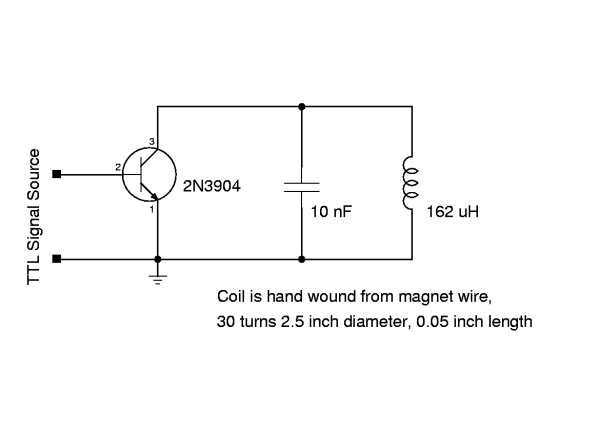
A wireless interface for your next project. With a coil, a capacitor, and a transistor, it is possible to create a device that emulates a Radio Frequency Identification Device (RFID), commonly referred to as a "tag" or "RFID tag." A device known as a "reader" generates a field, and one or more tags communicate with the reader by varying the amount of energy reflected back to it. This process is known as "backscatter," which is a key feature of RFID technology. The general mechanism for producing backscatter involves detuning a tuned element, which can either be a resonant circuit or a dipole antenna, depending on the frequency range of the tag. The crucial aspect is that the tag can be tuned or detuned without significant disturbance, but the transition between these states creates a disturbance in the field. A well-timed series of these disturbances can resemble a data stream. An RFID tag contains the essential circuitry required to generate this data stream, including the antenna, a diode and capacitor to scavenge power from the field, another diode or transistor to detune the antenna, and a small processor for intelligence. There are various types of RFID tags, each serving unique market needs, some employing advanced technology, while others are commercially driven. RFID tags can be categorized in several ways, with the most practical distinctions being Passive vs. Active, Tag Talk First vs. Reader Talk First, and Frequency Range. Passive tags derive all their power from the RF field generated by the reader, while active tags are powered by a battery and utilize the reader's field solely for communication. However, this terminology can be misleading, as passive tags can have battery backups yet still communicate via backscatter, while active tags do not use backscatter and typically incorporate low-power radios similar to radar IFF systems. Active tags require a power source since they cannot extract sufficient energy from the reader's field to operate the radio. The California company Savi provides an active tagging system, including readers and a LAN protocol, which offers a comprehensive solution for tracking shipping containers, particularly for military applications. Additionally, many RFID-based toll payment systems utilize active tags. Active tags tend to be more expensive than passive tags due to the inclusion of a battery, although the cost gap is narrowing as challenges in passive antenna design and tag production become more prominent. The primary commercial use of passive tags is in car immobilization, where the plastic knob on new car keys typically houses a passive tag. The embedded computer in vehicles equipped with this technology will prevent the car from starting unless it receives recognized data from the key's RFID tag.
The RFID technology described operates on the principles of electromagnetic induction and backscatter communication, which are critical for the functionality of RFID systems. The reader generates a radio frequency (RF) field that powers the passive tags through inductive coupling. When the tag enters the RF field, it harvests energy from it using the integrated capacitor and diode, which rectify the AC signal to DC for powering the tag's circuitry.
The antenna within the RFID tag is designed to resonate at a specific frequency, allowing it to effectively communicate with the reader. When the tag is in a tuned state, it reflects a certain amount of energy back to the reader. By detuning the antenna, the tag alters its impedance, resulting in a change in the amount of energy reflected. This change is interpreted by the reader as a binary data stream, which can represent various types of information, such as identification numbers or commands.
In terms of design, passive RFID tags are typically smaller and less expensive than their active counterparts, making them suitable for applications where cost and size are critical factors. The manufacturing process involves integrating the antenna with the chip, which can be challenging due to the precision required in bonding the silicon to the antenna. Conversely, active tags, while more costly due to the battery and additional circuitry, offer greater range and functionality, such as the ability to transmit data over longer distances and perform more complex tasks.
The versatility of RFID technology allows for a wide range of applications, from supply chain management and inventory tracking to access control and vehicle immobilization systems. Understanding the distinctions between passive and active RFID tags, as well as their operational principles, is essential for selecting the appropriate technology for specific applications.A wireless interface for your next project Got some wire With a coil, a cap and a transistor, you can make your next project emulate a Radio Frequency Identification Device (RFID), commonly called a "tag" or an "RFID tag. " Here`s how. A device usually called a "reader" creates a field. One or more tags communicate with the reader by varying the amount of energy reflected back to the reader by the tag. This process is called "backscatter, " and it`s the really neat thing about RFID technology, The general mechanism for creating backscatter is to detune a tuned element. The tuned element can be a resonant circuit or a dipole antenna, depending on the tag`s frequency range - more on that later.
The point is this - your tag can be tuned, or it can be detuned, without creating much of a stir. But when the tag changes from one state to the other, it creates a disturbance in the field. A well timed series of such disturbances starts to look like a datastream. An RFID tag contains the minimum possible circuitry needed to produce that datastream: the antenna itself, a diode and capacitor to scavenge power from the field, another diode or transistor to detune the antenna, and a little intelligence. There are many types of RFID tags. Some fill unique market niches, some embody really cool technology. And some are just there because somebody thinks they can make a buck on them. The different tag types can be divided in a few ways. The most useful ways are Passive vs. Active, Tag Talk First vs. Reader Talk First, and by Frequency Range. Most of the time, when people talk about passive tags, they mean tags that get their power entirely from the RF field generated by the reader.
The same people use the term "active tag" to mean tags that get their power from a battery and use the reader`s field only for communications. But that`s not technically correct, and it fails to cover some of the most economically important devices.
The correct usage of the terms is this: passive tags communicate by backscatter, so a tag can be "passive" even if it has a battery backup. Active tags do not use backscatter, but incorporate low power radios something like radar IFF systems.
Of course, active tags need a battery or other power source - they cannot scavenge enough power from the reader`s field to run that radio. The California company Savi has an active tag, readers and LAN protocol that together provide a complete vertical solution for tracking shipping containers.
Savi`s big application is military shipping containers - they were tried out in the first Gulf War, and now every container bound for Iraq and Afghanistan is identified with a Savi active tag. For another application, most RFID based toll payment systems work with active tags. Active tags are inherently more expensive than passive tags - at the moment - because of the battery.
But that gap is closing, too, as the difficulties of passive antenna design and bonding tag silicon to antenna take center stage as the most expensive aspects of producing tags. The biggest commercial application for passive tags is car immobilization. The large plactic knob at the end of new car keys typically holds a passive tag. The embedded computer of cars equipped with this kind of system will not allow the car to be started or driven unless it sees data it recognizes on the key`s RFID tag.
Each car company has its favorit 🔗 External reference
The RFID technology described operates on the principles of electromagnetic induction and backscatter communication, which are critical for the functionality of RFID systems. The reader generates a radio frequency (RF) field that powers the passive tags through inductive coupling. When the tag enters the RF field, it harvests energy from it using the integrated capacitor and diode, which rectify the AC signal to DC for powering the tag's circuitry.
The antenna within the RFID tag is designed to resonate at a specific frequency, allowing it to effectively communicate with the reader. When the tag is in a tuned state, it reflects a certain amount of energy back to the reader. By detuning the antenna, the tag alters its impedance, resulting in a change in the amount of energy reflected. This change is interpreted by the reader as a binary data stream, which can represent various types of information, such as identification numbers or commands.
In terms of design, passive RFID tags are typically smaller and less expensive than their active counterparts, making them suitable for applications where cost and size are critical factors. The manufacturing process involves integrating the antenna with the chip, which can be challenging due to the precision required in bonding the silicon to the antenna. Conversely, active tags, while more costly due to the battery and additional circuitry, offer greater range and functionality, such as the ability to transmit data over longer distances and perform more complex tasks.
The versatility of RFID technology allows for a wide range of applications, from supply chain management and inventory tracking to access control and vehicle immobilization systems. Understanding the distinctions between passive and active RFID tags, as well as their operational principles, is essential for selecting the appropriate technology for specific applications.A wireless interface for your next project Got some wire With a coil, a cap and a transistor, you can make your next project emulate a Radio Frequency Identification Device (RFID), commonly called a "tag" or an "RFID tag. " Here`s how. A device usually called a "reader" creates a field. One or more tags communicate with the reader by varying the amount of energy reflected back to the reader by the tag. This process is called "backscatter, " and it`s the really neat thing about RFID technology, The general mechanism for creating backscatter is to detune a tuned element. The tuned element can be a resonant circuit or a dipole antenna, depending on the tag`s frequency range - more on that later.
The point is this - your tag can be tuned, or it can be detuned, without creating much of a stir. But when the tag changes from one state to the other, it creates a disturbance in the field. A well timed series of such disturbances starts to look like a datastream. An RFID tag contains the minimum possible circuitry needed to produce that datastream: the antenna itself, a diode and capacitor to scavenge power from the field, another diode or transistor to detune the antenna, and a little intelligence. There are many types of RFID tags. Some fill unique market niches, some embody really cool technology. And some are just there because somebody thinks they can make a buck on them. The different tag types can be divided in a few ways. The most useful ways are Passive vs. Active, Tag Talk First vs. Reader Talk First, and by Frequency Range. Most of the time, when people talk about passive tags, they mean tags that get their power entirely from the RF field generated by the reader.
The same people use the term "active tag" to mean tags that get their power from a battery and use the reader`s field only for communications. But that`s not technically correct, and it fails to cover some of the most economically important devices.
The correct usage of the terms is this: passive tags communicate by backscatter, so a tag can be "passive" even if it has a battery backup. Active tags do not use backscatter, but incorporate low power radios something like radar IFF systems.
Of course, active tags need a battery or other power source - they cannot scavenge enough power from the reader`s field to run that radio. The California company Savi has an active tag, readers and LAN protocol that together provide a complete vertical solution for tracking shipping containers.
Savi`s big application is military shipping containers - they were tried out in the first Gulf War, and now every container bound for Iraq and Afghanistan is identified with a Savi active tag. For another application, most RFID based toll payment systems work with active tags. Active tags are inherently more expensive than passive tags - at the moment - because of the battery.
But that gap is closing, too, as the difficulties of passive antenna design and bonding tag silicon to antenna take center stage as the most expensive aspects of producing tags. The biggest commercial application for passive tags is car immobilization. The large plactic knob at the end of new car keys typically holds a passive tag. The embedded computer of cars equipped with this kind of system will not allow the car to be started or driven unless it sees data it recognizes on the key`s RFID tag.
Each car company has its favorit 🔗 External reference

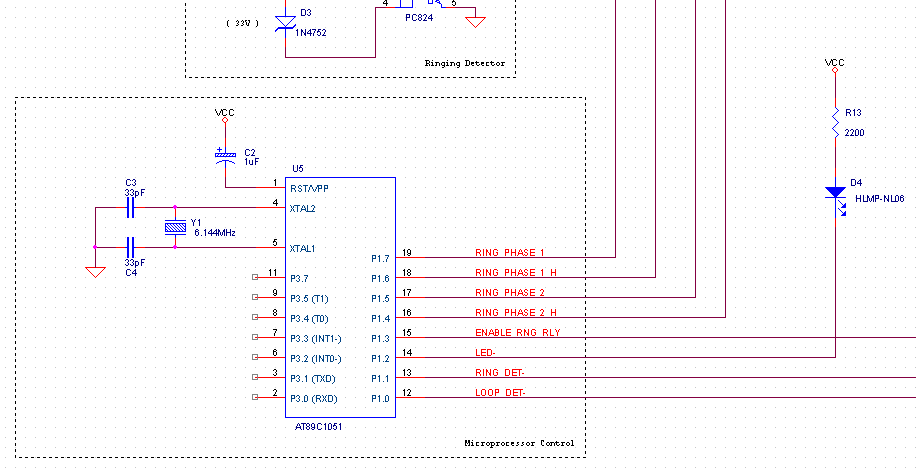
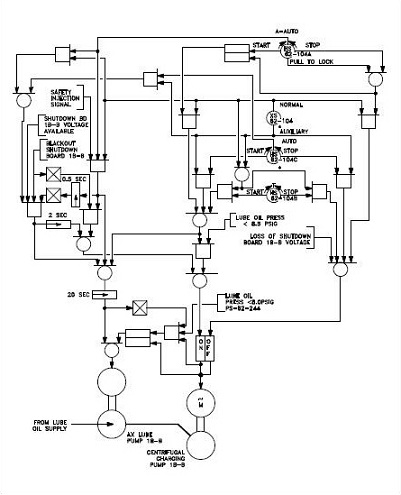
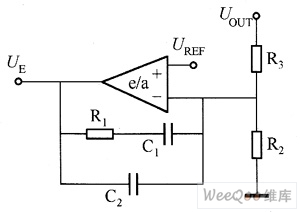
.gif)
